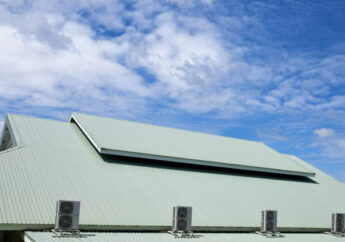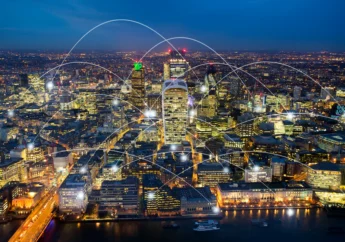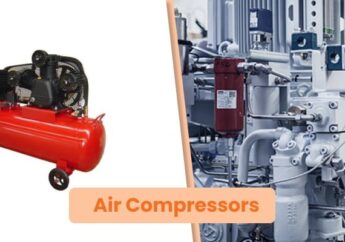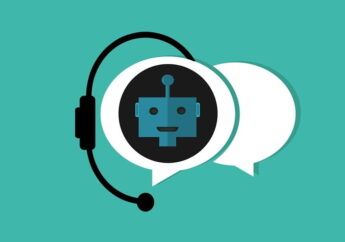How Is Iot Changing The World?
by Mashum Mollah Technology Published on: 15 October 2019 Last Updated on: 27 May 2025

The IoT or internet of things is a system of interrelated mechanical and digital machines, computing devices, objects, people or animals that are given unique identifiers as well as the ability to exchange data over a network that does not require human-to-computer or human-to-human interaction.
In simple words, IoT devices can be connected to devices, human beings, or animals via the internet to collect and share data. Some examples include – a person with a heart monitor implant, wearable fitness devices, a vehicle with built-in sensors, an animal with a biochip transponder, or any other man-made or natural object that is able to transfer data through a network and can be assigned an IP address. To know more, refer to robots.net.
IoT has changed the market and world in significant ways, some of which are mentioned below.
Cobots
Industries are now comprising of cobots of collaborative robots, which are making their places in the manufacturing ecosystem. IoT is making robots collaborative and mobile, offering technologies like self-driving vehicles, additive manufacturing, and machine vision that can increase business growth by boosting production efficiency as well as yielding excellent ROI.
Augmented Reality (AR)
AR is improving the manufacturing domain in multiple ways. The technology has disturbed the manufacturing areas like product development and design, maintenance service, logistics, quality assurance, and hand-on training of new employees.
For example, in the assembling processes, AR is changing the traditional printed instruction manual with IoT-enable systems, which have a voice-controlled guide alone with a video regarding previous assembling operation.
IoT Analytics
While sectors like aerospace, manufacturing, energy are deploying IoT-powered sensors as well as wireless technologies, the original worth of industrial IoT lies in analytics. The connected systems produce a huge amount of information required to be effectively used to optimize operations. This way, it is easier to collect and manage enormous data. Renowned companies like Trafalgar Wireless can help you set up IoT operations so you can start getting the most out of your data.
Health Industry
Wearable sensors and ultra-low-power devices are becoming increasingly common. The devices accurately collect data and integrate it with the patient’s report. This way, it is easier for the doctor to detect and monitor the problem. Useful information like glucose levels, cardiovascular activity, or electrothermal activity is being monitored through sensors placed on a patient’s body.
Cybersecurity
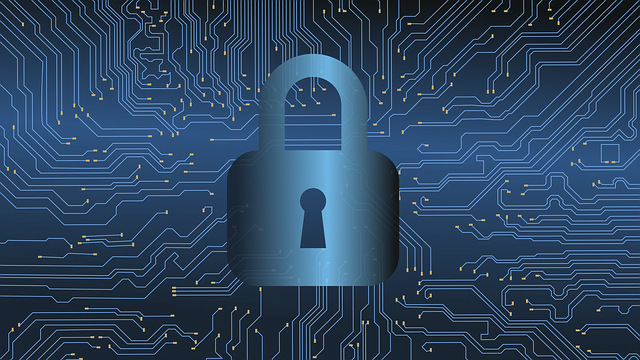
Cybersecurity threats continue to grow each day, and it is the connected systems that are at serious risk due to such threats. If such a threat hits a company, it is not only capable of destroying the company’s data but also cause humungous loss.
As a result, more and more companies are investing in innovative services such as a virtual private network (VPN) to access the internet safely.
Predictive Maintenance
Several firms are investing in IoT-enabled predictive maintenance of their machines and equipment to fix the automated systems before they get disabled. Due to the competitive environment and rising demand for the products, it is necessary for the industries to run their machines seamlessly.
Connected sensors are aiding the companies to know about component failure beforehand, thereby decreasing equipment downtime and period to locking up machines for maintenance checks.
As a result, many companies are running machine learning and predictive analytics to monitor systems as well as gather data, which allows them to anticipate when components are likely to fail.
Read Also:
































































































